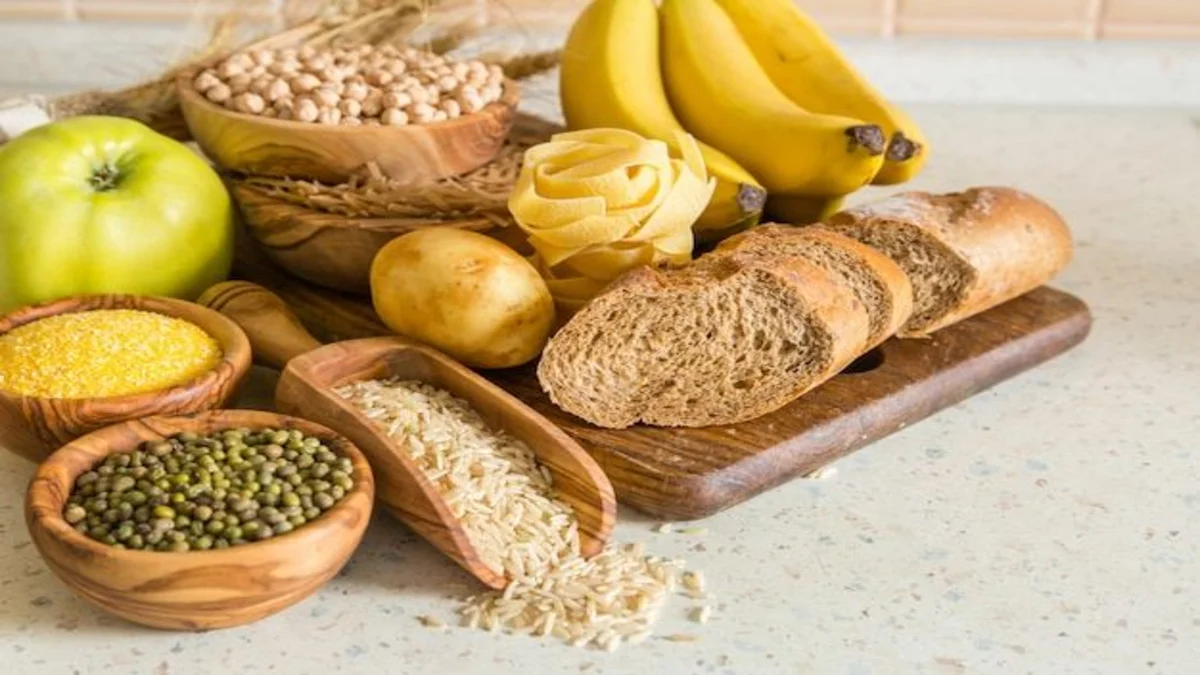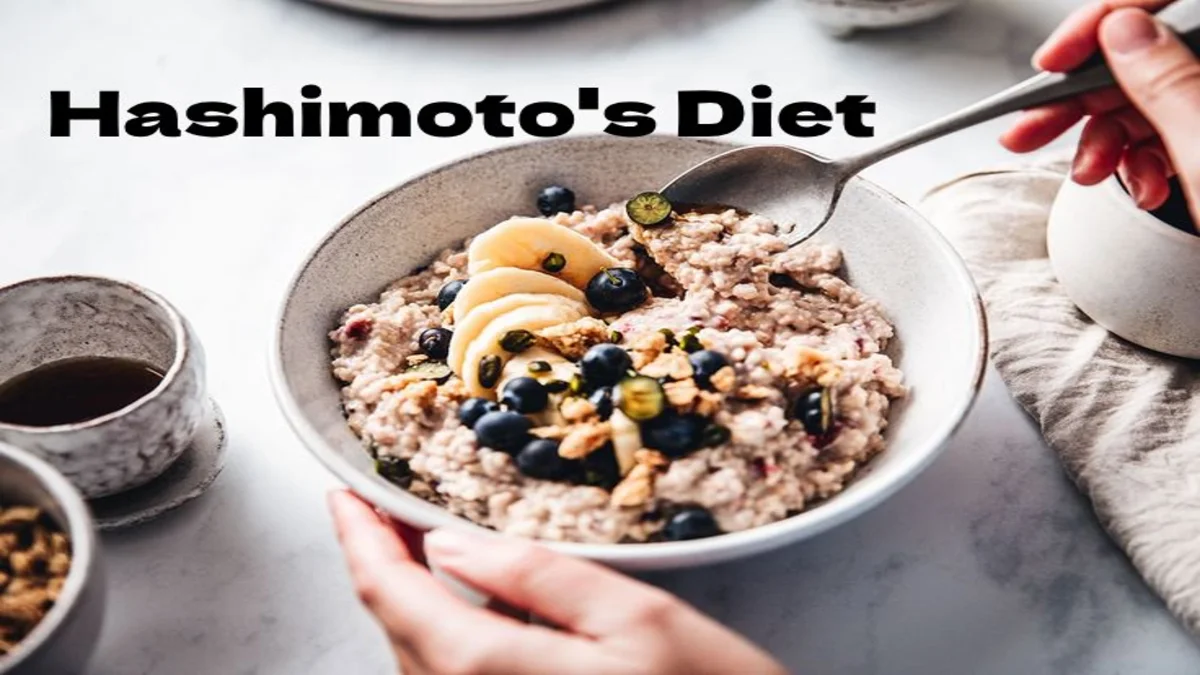What are the best Oatmeal benefits? You’ll be surprised at how Oatmeal can change your life for the better. Check out these amazing health benefits of Oatmeal and see if this breakfast staple is right for you!
Oatmeal Benefits
1. Aids in weight control.
Let’s face it, we could all use a little help now and then, but did you ever consider oatmeal benefits could help you lose weight? That is correct!
A component in oats known as -glucan decreases appetite by raising the hunger-fighting hormone cholecystokinin, according to a study published in the October 2009 issue of “Molecular Nutrition & Food Research.”
2. Lowers blood pressure.
We are all aware that heart disease is a serious issue in North America and around the world. According to one study, eating whole grains (such as oats or wholemeal bread) is just as effective as taking anti-hypertensive medication for lowering blood pressure.
3. Reduces cholesterol
Do you know what soluble fiber is? When compared to other grains, oats have the highest percentage of soluble fiber.
Soluble fiber aids in the trapping of molecules related to blood cholesterol in the digestive tract. According to studies, patients with high blood cholesterol can reduce their total cholesterol by 8% to 23% by eating just 3 g of soluble fiber each day.(Keep in mind that one cup of oats gives 4 g)!
4. Protects your skin
If you look attentively at the labels of several of your lotions or face creams, you will very likely see oatmeal. Someone discovered the oatmeal benefits for dry, itchy, irritated skin at some point in history.
Oat starch forms a barrier that allows the skin to retain moisture, while the coarser fibrous husk of the oat functions as a gentle exfoliation.
5. Reduces the risk of colon cancer
Colon cancer is dreadful and can be very painful. One study, conducted by experts in the United Kingdom and the Netherlands, found a correlation between a high-fiber diet (mostly from whole grains and cereals like oats) and a lower risk of colon cancer.
This study, which included nearly 2 million participants, discovered that adding 10 grams of fiber to one’s diet reduces one’s risk of developing colon cancer by 10%.
6. Blood sugar levels are stabilized.
We’ve all had a “sugar crash” or “mid-morning slump” after a large meal or sweet breakfast; however, this doesn’t happen as much with oatmeal.
Because of its high soluble fiber content, oatmeal’s sugar is released more slowly into the bloodstream (thus its low glycemic index).
Steel-cut oats will have a greater effect on blood sugar stabilization than instant oats since they are less processed and hence contain more soluble fiber.
Another advantage is that because it takes longer to digest, you will feel fuller for longer—wahoo!
One of the major oatmeal benefits is its low glycemic index. According to one study published in the Journal of Clinical Nutrition, a low glycemic response diet is associated with significantly less insulin resistance and significantly lower prevalence of metabolic syndrome, risk of type 2 diabetes, and risk of coronary artery disease than a high glycemic response diet.
7. Athletic ability.
I mentioned before in this essay how effective oatmeal was for giving me energy before my swimming workouts while on the National Team for my town.
Oatmeal is a good source of carbohydrates and protein, as well as calories and energy. Oats have been found in scientific research to improve metabolism and performance when consumed 45 minutes to an hour before moderate-intensity exercise.
8. Improves the immune system’s reaction to illness.
Oatmeal has been extensively researched in terms of the immune system’s reaction to sickness and infection. Oatmeal’s specific fiber, beta-glucan, essentially helps neutrophils travel to the site of infection faster and improves their capacity to destroy the bacteria they detect there.
9. It aids in sleep.
Our culture has taught us that oatmeal is a breakfast item, but it is also a good choice before bedtime. A bowl of oatmeal in the evening is recommended by the Scots to get you feeling pleasant and drowsy.
Why is oatmeal beneficial before bedtime? Oats, on the other hand, contain melatonin and complex carbs, which can allow more tryptophan to enter the brain and aid in sleep.
Furthermore, oatmeal benefits contain a variety of vitamins, including B6, a cofactor that aids in the creation of serotonin in the brain.
10. Enhances antioxidant action
Oatmeal contains antioxidants known as avenanthramides, which are peculiar to oats.
Antioxidants are beneficial because they protect your cells from free radicals, which are chemicals produced by metabolism and environmental pollutants. Because free radicals are unstable, they increase your risk of cancer and heart disease.
Avenanthramides antioxidants reduce inflammation and increase nitric oxide production, preventing artery hardening. A study published in Nutrition and Cancer in 2010 found that avenanthramides in oats inhibited the spread of colon cancer cells.
Oatmeal Nutrition Stats
| Nutrient | Amount per 100g |
|---|---|
| Calories | 68 kcal |
| Protein | 2.4 g |
| Carbohydrates | 12.4 g |
| Dietary Fiber | 1.7 g |
| Sugars | 0.5 g |
| Fat | 1.4 g |
| Saturated Fat | 0.2 g |
| Monounsaturated Fat | 0.4 g |
| Polyunsaturated Fat | 0.5 g |
| Cholesterol | 0 mg |
| Sodium | 2 mg |
| Potassium | 61 mg |
| Calcium | 13 mg |
| Iron | 0.5 mg |
| Magnesium | 37 mg |
| Phosphorus | 60 mg |
| Zinc | 0.4 mg |
| Vitamin C | 0 mg |
| Vitamin B6 | 0.03 mg |
| Folate | 56 µg |
These values are approximate and may vary based on specific brands or types of oats. Always refer to the product’s nutritional information for precise details.
oatmeal types
| Oatmeal Type | Description |
|---|---|
| Steel-Cut Oats | Whole oat groats chopped into pieces with a steel blade; hearty and chewy texture; longer cooking time. |
| Rolled Oats | Oat groats steamed and flattened with large rollers; cook faster than steel-cut oats; commonly used for traditional oatmeal. |
| Instant Oats | Pre-cooked, dried, and rolled thin; quickest cooking time; convenient but may have a softer texture compared to other types. |
| Scottish Oats | Stone-ground oats, similar to steel-cut oats but ground rather than cut; creamier texture; medium cooking time. |
| Old-Fashioned Oats | Rolled oats that are cut into smaller pieces and pre-cooked; have a faster cooking time than old-fashioned oats; a slightly softer texture. |
| Oat Groats | Whole, minimally processed oats with the hull removed; longest cooking time; chewy and nutty; versatile for various dishes. |
| Oat Bran | The outer layer of the oat kernel; is rich in fiber and nutrients; often used as a cereal or added to baked goods for extra nutrition. |
| Quick Oats | Oats are specifically processed to avoid cross-contamination with gluten-containing grains; suitable for individuals with gluten sensitivity or celiac disease. |
| Gluten-Free Oats | Finely ground oats; used as a flour substitute in baking; add a hearty and nutty flavor to recipes. |
| Oat Flour | Finely ground oats; used as a flour substitute in baking; adds a hearty and nutty flavor to recipes. |
what are the side effects of oats?
Oatmeal is generally considered a healthy and well-tolerated food for most people. However, individuals with specific health conditions or allergies may experience side effects. Here are some potential considerations:
- Gluten Sensitivity or Celiac Disease:
- While oats are naturally gluten-free, cross-contamination can occur during processing. Individuals with gluten sensitivity or celiac disease should choose certified gluten-free oats to avoid adverse reactions.
- Allergic Reactions:
- Although rare, some people may be allergic to oats. Symptoms of an oat allergy can include itching, hives, swelling, or difficulty breathing. If you suspect an allergy, seek medical attention.
- Digestive Issues:
- Oats contain fiber, which is generally beneficial for digestion. However, consuming too much fiber too quickly may lead to bloating, gas, or abdominal discomfort. It’s advisable to introduce oats gradually into your diet and ensure adequate water intake.
- Phytic Acid:
- Oats contain phytic acid, an anti-nutrient that can bind minerals, potentially reducing their absorption. However, the impact of phytic acid on mineral absorption is usually not significant in a well-balanced diet.
- Interaction with Medications:
- Some medications may interact with the fiber in oats, affecting their absorption. If you are taking medications, especially those related to heart health or blood sugar control, consult your healthcare provider.
- Blood Sugar Levels:
- Oatmeal has a moderate glycemic index, but it may still impact blood sugar levels. People with diabetes should monitor their blood sugar and consult a healthcare professional to determine the appropriate portion size and toppings.
It’s important to note that the majority of people can enjoy oatmeal as part of a balanced diet without experiencing adverse effects. However, if you have specific health concerns or dietary restrictions, it’s advisable to consult with a healthcare professional or a registered dietitian for personalized advice.
can oatmeal reduce belly fat?
Oatmeal alone is not a magical solution for reducing belly fat, but it can be a beneficial component of a balanced and healthy diet that may contribute to weight loss. Here are some ways in which oatmeal may support weight management, including the reduction of belly fat:
- High in Fiber: Oatmeal is a good source of soluble fiber, which can help increase feelings of fullness and reduce overall calorie intake. This may contribute to weight loss over time, including the reduction of abdominal fat.
- Low in Calories: Oatmeal is relatively low in calories, especially when prepared with water or low-fat milk. Choosing a nutrient-dense, lower-calorie option for meals can support weight loss efforts.
- Stabilizes Blood Sugar Levels: The soluble fiber in oatmeal benefits can help slow down the digestion and absorption of carbohydrates, leading to a more gradual rise in blood sugar levels. This may help control cravings and reduce the likelihood of overeating.
- Rich in Nutrients: Oats provide essential nutrients, including vitamins, minerals, and antioxidants. Consuming a nutrient-rich diet supports overall health, which is essential for effective weight management.
However, it’s crucial to emphasize that spot reduction (losing fat from a specific area, such as the belly) is not typically achieved through specific foods alone. Instead, overall weight loss, achieved through a combination of a healthy diet, regular physical activity, and lifestyle changes, is more effective.
To incorporate oatmeal into a weight-loss plan, choose whole oats over processed and sugary instant varieties. Additionally, be mindful of portion sizes and avoid adding excessive amounts of high-calorie toppings.
Always consult with a healthcare professional or a registered dietitian for personalized advice tailored to your individual health needs and goals.
Oatmeal recipes
1. Classic Maple Cinnamon Oatmeal

Ingredients:
- 1 cup old-fashioned rolled oats
- 2 cups milk (dairy or plant-based)
- 1 tablespoon maple syrup
- 1/2 teaspoon ground cinnamon
- Pinch of salt
- Optional toppings: sliced bananas, chopped nuts, and a drizzle of additional maple syrup
Instructions:
- In a saucepan, bring the milk to a simmer over medium heat.
- Stir in the rolled oats, cinnamon, and a pinch of salt.
- Reduce heat to low and simmer, stirring occasionally, until the oats are creamy and have absorbed most of the liquid (about 10-15 minutes).
- Remove from heat and stir in the maple syrup.
- Serve hot with your choice of toppings.
2. Berry Almond Overnight Oats

Ingredients:
- 1/2 cup old-fashioned rolled oats
- 1/2 cup milk (dairy or plant-based)
- 1/4 cup Greek yogurt
- 1/2 cup mixed berries (strawberries, blueberries, raspberries)
- 1 tablespoon honey or sweetener of choice
- 1 tablespoon almond butter
- Optional: sliced almonds for garnish
Instructions:
- In a jar or container, combine oats, milk, Greek yogurt, and honey.
- Stir well, then add the mixed berries and almond butter.
- Mix until well combined, ensuring the oats are fully submerged in the liquid.
- Cover and refrigerate overnight.
- In the morning, give it a good stir, and top with sliced almonds before serving.
3. Savory Spinach and Mushroom Oatmeal

Ingredients:
- 1 cup old-fashioned rolled oats
- 2 cups vegetable broth
- 1 cup fresh spinach, chopped
- 1/2 cup mushrooms, sliced
- 1 clove garlic, minced
- 1 tablespoon olive oil
- Salt and pepper to taste
- Optional toppings: poached egg, grated Parmesan cheese
Instructions:
- In a saucepan, sauté mushrooms and garlic in olive oil until softened.
- Add rolled oats and vegetable broth to the pan, stirring well.
- Cook over medium heat until the oats have absorbed the liquid and reached the desired consistency.
- Stir in chopped spinach and cook until wilted.
- Season with salt and pepper to taste.
- Top with a poached egg and grated Parmesan cheese if desired.
Summary
Finally, there are many various forms of oatmeal: instant oatmeal, oat bran, rolled oats, steel-cut oats, oat groats, and so on. They all taste different to me, and they also have various nutritional values and cooking durations.
Steel-cut oats are frequently advised for health advantages since they include more protein, iron, and fiber, which takes longer to digest, making you feel fuller for longer.
If you’re pressed for time in the morning, opt for fast oats.





